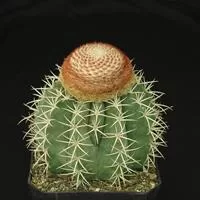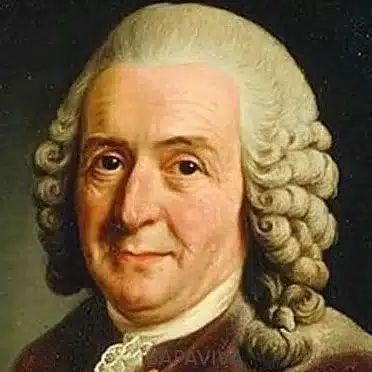Ever thought which is the senior most cactus? The first cactus to be comissioned as a Cactus was Cactus melocactus. This was the first cactus species formally named by Carl Linnaeus in 1753. Probably caught his attention for the distinct cephalium it sports.
Cactus opuntia was the first genus to be documented by the Europeans. This was followed by grouping of certain plants in Generas , Cereus , Echinocactus and Mammillaria. All this was entered in Species Plantarum.
One must pay obesience to Species Plantarum – The oldest n holiest book of plants. The “Species Plantarum,” published by Carl Linnaeus in 1753, is a monumental work in the field of botany and taxonomy. It was the first attempt to systematically list every known plant species at the time. (I dont think he knew about Laptops, Digital cameras and MS word.) And yet he described over 7300 species classified properly into 1000 genera. Evolved the binomial nomenclature. The book’s publication date, May 1, 1753, is regarded as the “birthday” of botanical nomenclature. The system is followed till date.
Inspite of complexities of name he gave himself a simpler name after ennoblement –Carl von Linné. 🙂
And something really really interesting is that – his mortal remains constitute the Type Specimen for the species Homo sapiens following the International Code of Zoological Nomenclature, since the sole specimen that he is known to have examined was himself. So in a way you and me are represented by Sir Carl von Linne.
So who discovered cactus ? Christopher Columbus is often credited with the European discovery of cacti on his second voyage to the West Indies in 1493. But before that cactus were a part of culture of indigenous people of North and South America like – Navajo, Hopi, Apache, Pueblo, Maya, Aymara, Quechua, Mapuche and the Incas and the Aztecs. Cactus was a regular part of their ceremonies, food , rituals and medicines.
These indigenous peoples developed a profound understanding and respect for their environment, including the cacti that thrived in their respective regions. Their knowledge and practices reflect a deep connection with the natural world. RESPECT.

